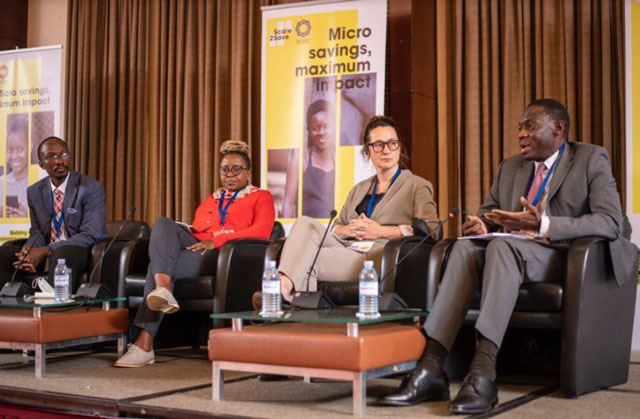
Kigali, Rwanda | THE INDEPENDENT | Rwanda and Uganda will lead East African Community’s growth next year, but the International Monetary Fund warns of tough times ahead.
The tough times are being projected as a result of the tightening of economic policies, especially by the US whose Central Bank, the Federal Reserve Bank has been raising interest rates to curb inflation.
According to the IMF World Economic Outlook October forecast, Rwanda will grow at 6.7 and Uganda and 5.9 per cent in 2023, showing accelerated growths from 6.0 and 4.7 per cent respectively expected for this year. The two are followed by South Sudan with 5.6 per cent and Kenya which is expected to grow at 5.2 per cent and Tanzania with 5.1.
All the EAC countries are projected to post growths that are higher than the Sub-Saharan African average of 3.6 per cent, which itself declined sharply from the 4.7 per cent posted in 2021, according to the IMF.
The lower growth is due to “a worldwide slowdown, tighter global financial conditions, and a dramatic pickup in global inflation spill into a region already wearied by an ongoing series of shocks,” according to the outlook.
Uganda’s growth prospects are tied to an expected better agricultural output with the weather conditions expected to be better, and increased investment in the oil and gas sector as the country and the oil companies push for the first production in 2025.
The IMF report titled: Living on the Edge states worsening food security, inflation, and debt as the main challenges facing African countries, arising from the global shocks.
“Rising food and energy prices are striking at the region’s most vulnerable, and public debt and inflation are at levels not seen in decades. The most recent turmoil comes on top of a prolonged pandemic, leaving authorities with their most difficult and uncertain policy environment in years,” says the report.
The IMF says the outlook remains highly uncertain for Africa and that consequently, countries in the region are “living on the edge.”
“Late last year, sub-Saharan Africa appeared to be on a strong recovery path out of a long pandemic. Unfortunately, this progress has been abruptly interrupted by turmoil in global markets, placing further pressures on policymakers in the region,” said Abebe Aemro Selassie, Director of the IMF’s African Department.
Speaking outside the IMF and World Bank meetings, Bank of Uganda Deputy Governor Michael Atingi-Ego said it was high time African countries stopped relying on other regions if they were to avoid such external shocks.
“Africa is an innocent bystander and is being badly hit. It’s high time we, as Africans, come with our own solutions because it looks like these shocks are going to become more frequent and the intensity is going to become stronger,” he told a media interview in Washington DC.
External shocks have ensured that inflation increased faster and more persistently than previously anticipated, leading to high prices for essential food and energy items, which comprise about half of the region’s consumption basket.
And while the recent pickup in inflation is less striking relative to historical averages for sub-Saharan Africa, the cost-of-living squeeze has pushed millions of people into acute food insecurity and could weigh on economic growth and undermine social and political stability, according to the IMF analysis.
The East and Horn of Africa countries are some of the worst hit by food scarcity this year, with Uganda’s Karamoja region and Kenya’s north having to rely on emergency food aid, in a situation made worse by poor harvests.
Selassie appealed to authorities to give priority to vulnerable people in need of food.
“The utmost priority must be to protect the most vulnerable. Scarce resources should go to those who need them most. Poorly targeted emergency measures should be gradually phased out.”
He also cautioned against raising interest rates in a way that may abet inflation. “Policymakers should cautiously raise policy rates while keeping a close eye on inflation expectations and foreign exchange reserves,” he said, adding that the policymakers need to continue consolidating their public finances to preserve fiscal sustainability, particularly in the context of rising interest rates.
“With help, sub-Saharan Africa will be poised to fulfil the promise of the African century, contributing to a more prosperous, greener future for the region and the world,” he said.
The least growth rates are expected in Equatorial Guinea, the only ones expected to contact, South Africa, Eswatini, and Lesotho, all of which will grow by less than 2 per cent. In 2023, Senegal, Niger, and the Democratic Republic of Congo will lead Sub-Saharan Africa’s growth with rates of 8.1, 7.3, and 6.7 per cent respectively.
*****
URN
 The Independent Uganda: You get the Truth we Pay the Price
The Independent Uganda: You get the Truth we Pay the Price




It will be a great economic development.